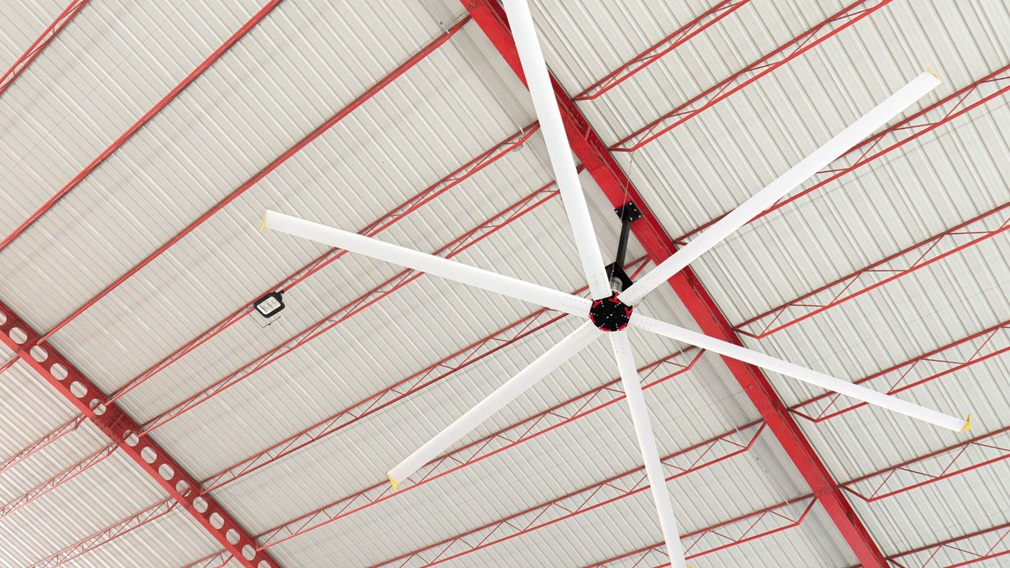
Fans come in all shapes and sizes, but not all of them are created equal. When it comes to commercial and industrial settings, there are two main types of fans that you’ll see: high-volume low-speed (HVLS) fans and residential fans. But what’s the difference between these two types of fans? In this article, we’ll take a closer look at HVLS fans and residential fans to help you better understand the key differences between them.
A Brief Overview of High-Volume Low-Speed Fan
A high-volume low-speed (HVLS) fan is a type of large industrial fan that is designed to move a large volume of air at a low speed. HVLS fans are typically used in warehouses, factories, and other large commercial and industrial spaces. These HVLS fans are usually ceiling-mounted and are known for their energy efficiency and ability to provide uniform air circulation throughout a large space.
The Benefits of Using an HVLS Fan:
- They can help to improve air circulation in large spaces.
- They can help to evenly distribute heat throughout a space.
- They are more energy-efficient than other types of fans.
- They can help to reduce the overall cost of heating and cooling a space.
A Brief Overview of Residential Fan
A residential fan is a type of small fan designed for use in a home or other smaller space. Residential fans are available in a wide range of styles, including ceiling fans, floor fans, and table fans. These fans typically have a lower airflow capacity than HVLS fans but can still be effective at circulating air in a small space.
The Benefits of Using a Residential Fan:
- They can help to improve air circulation in small spaces.
- They can help to evenly distribute heat throughout a space.
- They are typically more affordable than other types of fans.
- They can be used in a wide range of settings, including homes, offices, and more.
What’s the Key Difference Between an HVLS Fan and a Residential Fan?
The major difference between an HVLS fan and a residential fan is the size of the space that they are designed for. HVLS fans are much larger and are intended for use in large commercial and industrial spaces, while residential fans are smaller and are designed for use in smaller spaces, like homes and offices. Moreover, their features and functions make them each more suitable for different environments and applications.
The Bottom Line
There you have it! The key difference between an HVLS fan and a residential fan. So, the next time you find yourself trying to choose between the two, be sure to keep these key differences in mind. And if you’re still not sure which type of fan is right for you, be sure to consult with an expert to help you make the best decision for your needs.




